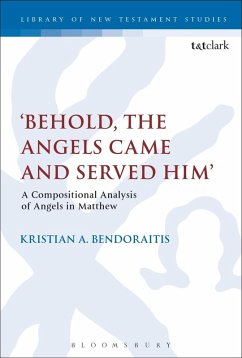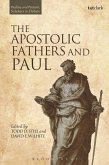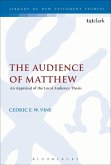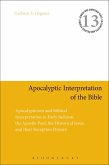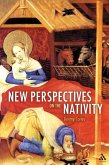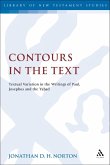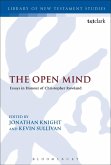Angels have been analyzed in Christological research due to their primary function as messengers and mediators between heaven and earth. Their role in the Gospel narratives, however, has been largely unexplored.
Utilizing the Old Testament and sources from the Second Temple period to illustrate the variety of angel traditions, Bendoraitis identifies how these traditions are reflected in Matthew's Gospel and interprets the passages in which angels appear or are represented, resulting in a detailed exegesis of those passages which specifically mention angels. Each reference is critically analyzed in view of its role in the Gospel's narrative and in light of Matthew's redactional hand. In addition, each chapter is accompanied by a discussion of relevant traditions of angels in order to illustrate how Matthew's use of angels has facilitated his Gospel's message. The examination concludes by postulating three factors in the inclusion of angel traditions in Matthew's narrative, pertaining both to Matthew's Christology and worldview.
Utilizing the Old Testament and sources from the Second Temple period to illustrate the variety of angel traditions, Bendoraitis identifies how these traditions are reflected in Matthew's Gospel and interprets the passages in which angels appear or are represented, resulting in a detailed exegesis of those passages which specifically mention angels. Each reference is critically analyzed in view of its role in the Gospel's narrative and in light of Matthew's redactional hand. In addition, each chapter is accompanied by a discussion of relevant traditions of angels in order to illustrate how Matthew's use of angels has facilitated his Gospel's message. The examination concludes by postulating three factors in the inclusion of angel traditions in Matthew's narrative, pertaining both to Matthew's Christology and worldview.

